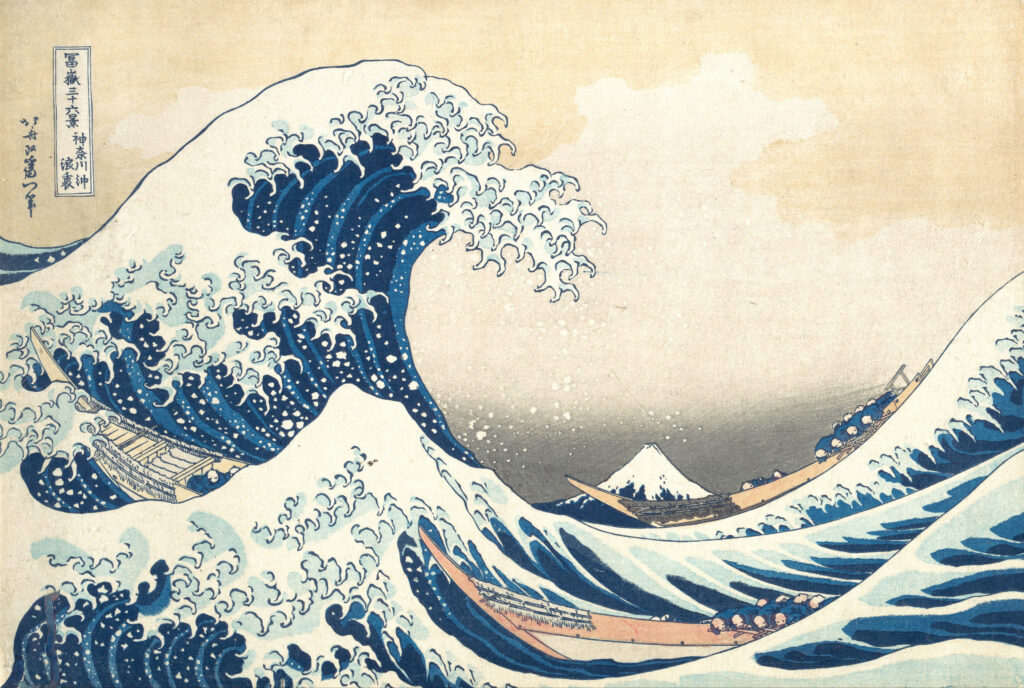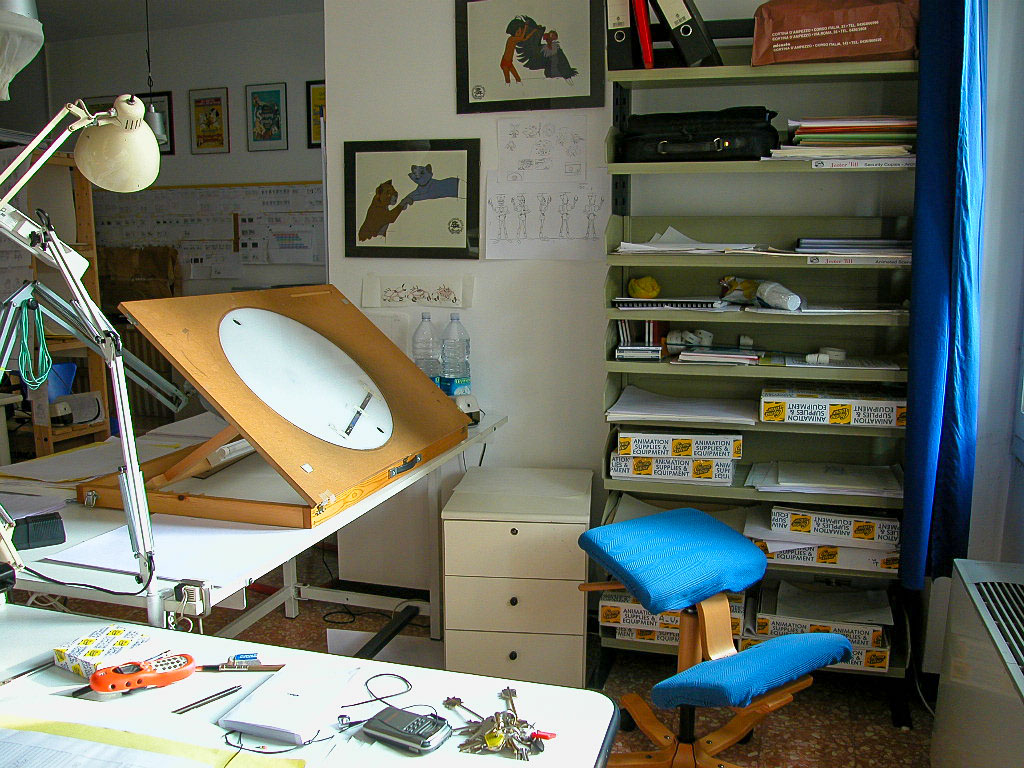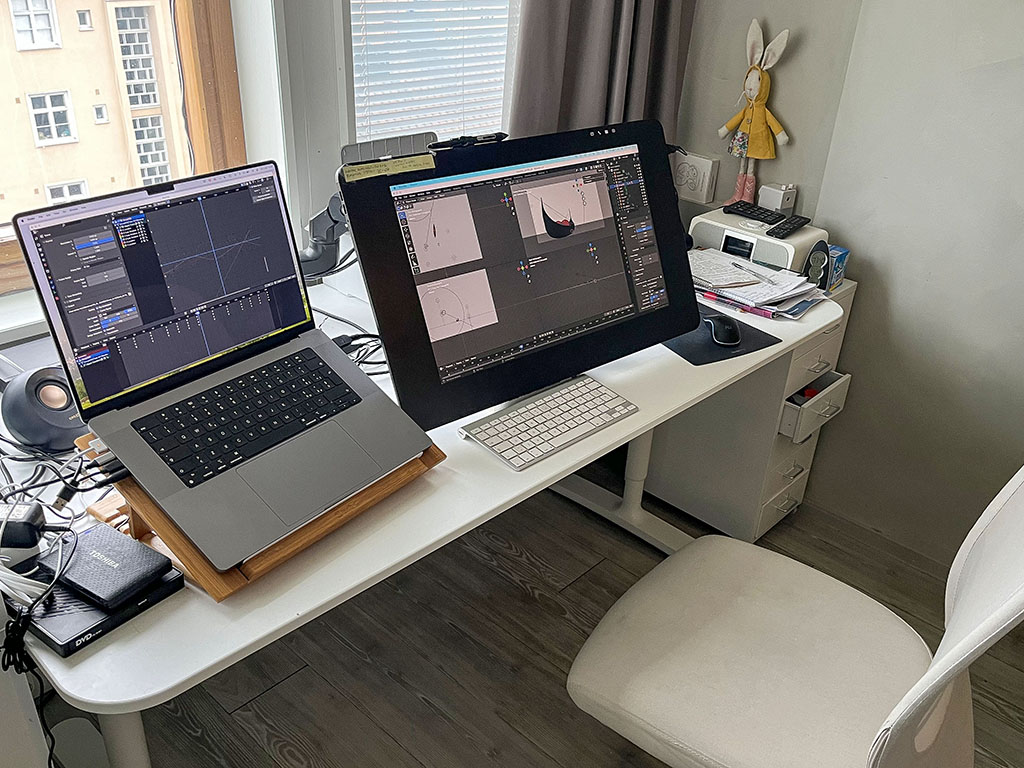
I mentioned the crisis that our sector is going through just above.
In truth, our industry has gone historically through many similar crises, more or less serious, and has eventually recovered from all of them, taking the impetus for subsequent periods of growth, innovation and development; but what we are now experiencing seems to be truly more profound and decisive, an authentic “epochal” turning point in which the very pillars on which the entire building has rested up to now are wavering, or at least changing profoundly. Not only the economic bases that support it, but also the productive, the technological and, perhaps for the first time in such a sensational and neat way, the creative ones.
I have read with interest and great attention, indeed almost with voracity, many of the contributions that have been published in the above mentioned LinkedIn forum: they are all exciting, stimulating, often brilliant, and all extraordinarily generous in sharing opinions and advice, even practical, to respond to the proposed topic on which this whole debate is taking place: “…to stay ahead of the curve”.
Few, however, seem to grasp what, in my opinion, is the fundamental point, the one from which we should start before entering into more specific, day-by-day and practical topics:
WHY we are here?
Or, in other words, paraphrasing the title I gave to this general reflection, borrowed from Frank Capra’s (and Disney’s) famous WWII series:
“Why we fight?”
That is: why at a certain point in our lives did we decide to practice this profession, precisely this one, and not any other? We are, we define ourselves, “animators” – and not truck drivers, bankers, lawyers, policemen, bakers, taxi drivers, and so on.


What drove us to make this job our life?
Certainly not a greater offer, or a greater ease of being employed: we all know well how difficult it is to successfully fit into a production cycle that allows us to live of this very particular job – halfway between the factory and the circus – and how demanding it is to remain in the saddle, constantly trying to give the best and possibly improve, always improve, often in competition with other artists, all of whom are at least equally talented as we are. And all strongly determined to emerge: “to stay ahead of the curve”, precisely. And all this with salaries which – when things go well and you are right at the peak of your career – are just enough to live with dignity at an average professional status, without particular prospects of enrichment; unless you use this profession (and a really superior talent) as a springboard for other more exciting and profitable adventures: Tim Burton, to name one. One in a million. As it should be.
On the other hand, it certainly hasn’t attracted us a “prestige” and social recognition that this profession has never had, so much so that we often struggle to explain to our friends or relatives what the hell we do for a living.
In truth, for a short period, a small “Star System” emerged which projected a bunch of very gifted artists into the spotlight of a wider audience, not just limited to animation specialists and geek enthusiasts like before: I’m talking about the short season of Glen Keane, James Baxter, Andreas Deja, Kristof Serrand and very few others, whose work was recognized/recognizable – and very well paid – in the industry also for the very personal and “artistic” signature of their work, allowed by the particular characteristics of main stream animation of the time, which had now reached its maximum and most advanced (and, now we know, final) manifestation.
The emergence of the 3D CGI in theatres – as we will see later – soon imposed a sudden stop to this “Renaissance flowering” of well-defined and publicly recognized artistic individualities, and the profession quickly returned to the ranks of the long lists of “anonymous” names in the closing credits, among all the other technical, artistic and administrative workers.
But let’s get back to the heart of the matter.
So, what drove us to choose this career, and what drives us to face the difficulties, the obstacles, the “slings and arrows of outrageous fortune” that this path is fraught with on a daily basis? Always exposed without protection to more or less profound sector crises, sudden technological changes, and unpredictable somersaults in public taste? And what’s more, knowing that we are walking on a slippery and treacherous terrain, where even a single slip can plunge us into a fall from which it may be impossible to get up?
If we are not able to fully understand and untie this crucial knot, if we are not able to understand the profound meaning of a commitment that will potentially occupy us throughout our lives, well, where can we find the handles to which we can attach those tools of development, growth and personal advancement so well expressed and debated in other posts on the above mentioned LinkedIn forum?
How will we be able to emerge from the undertow, keep ourselves balanced on our shaky surfboard over the crest of that crazy, mighty, ever-changing “Great Wave off Kanagawa” that has always been, but today more than ever, the animated film industry?
This is what I will try to tell, from my point of view and my personal experience, in the next chapters of this story.
Follow me, if you like, in my next article:
Chapter 2“Revolutionary Roads”
